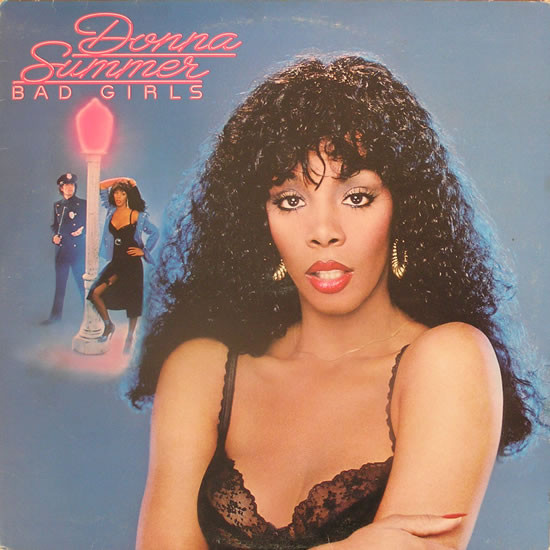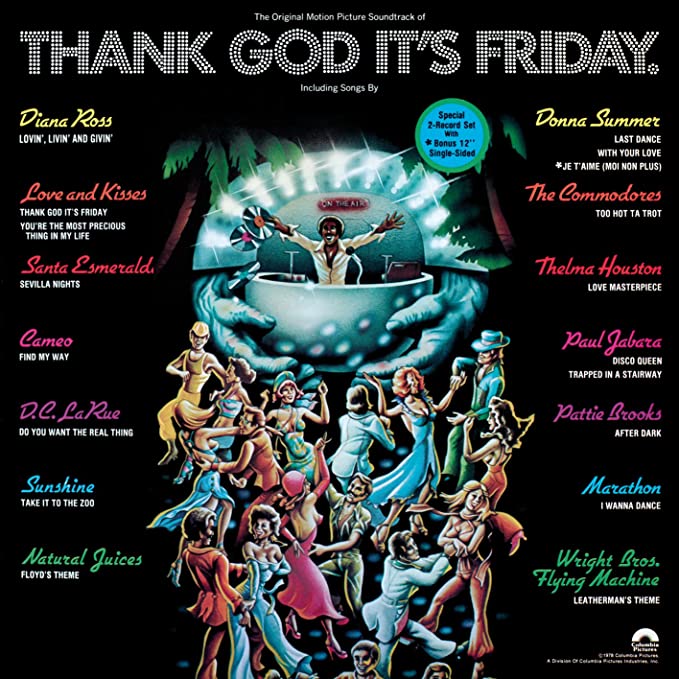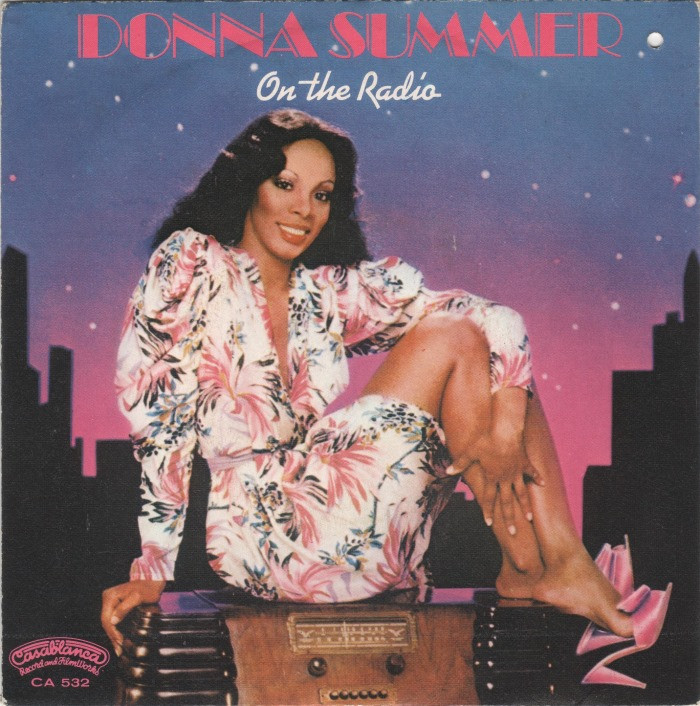Podcast: Play in new window | Download | Embed
The 1970’s were the era of the multi-vinyl LP package. Forget what you think you know or remember about this time, because no one was more successful at this format than the most unlikely of music giants of the era: a Black woman from Boston named Donna Summer. #donnasummer #disco #dancemusic #1970s #giorgiomoroder #summer #solstice
I say it often, because it may be the most honest thing I actually can say about the so-called “me decade”: it was what it was, and it was the 70’s. In this decade, the music industry exploded in ways most in the entertainment industry thought would never happen, much of this fueled initially by marginalized populations often left out the equation.

As recording and touring became very lucrative, record companies started experimenting with new formats for popular music acts, much like they did with the advent of the 10″, then 12″, vinyl LP, with advancements in recording technology, the dominance of multi-channel stereo recordings and the superior quality of home and car stereos, as well as the massive rise of FM radio further fueling this rapid expansion.
By and large, the newest fad, if you will, was the double or triple LP. It got its start in the mid-1960’s with acts like Bob Dylan, Frank Zappa and The Beatles, further continuing into the 1970’s, with even George Harrison of the Fab Four releasing two consecutive triple albums in the span of about a year.

When talk of classic multi-album sets from the 70’s are mentioned, there are the usual suspects: The Allman Brothers, Led Zeppelin, KISS, The Rolling Stones, Peter Frampton, etc., which were all white, male music acts or lead by white men.
And then came along a woman from Boston who originally was a Rock and Roll singer in a group called Crow, who also happened to be in a European touring production of the rock musical Hair: LaDonna Adrian Gaines, who would take the stage name Donna Summer. Her initial fame came from the songwriting and production team of Italian-born Giorgio Moroder and British-born Pete Bellotte, who were based in Munich, Germany, whom she met while doing session work. By chance, Moroder went to the president of the struggling U.S. independent label Casablanca Records, founded by Neil Bogart, a man with an impressive resume in pop recordings who was once even featured on the cover of Time magazine.

After an initially successful single, the steamy “Love To Love You Baby”, the hits were not forthcoming for two more years, but Bogart knew he had something special in Summer, and was patient with the trio as they crafted album after album of slowly more successful dance recordings that were based in electronic music. You have to remember this was also the era where labels would often groom and support artists for long-term careers.
By the end of 1977, their hard work had paid off: Summer, like many others in the music business of the decade, found her first initial fame with a live recording, Live and More. This was the second consecutive double LP of material Summer had released and her first of three consecutive number one Billboard Top LP’s that were also double albums. The latter makes Summer the only artist in history to achieve this feat. Each one contained over 70 minutes of music, perfect for the dance floor or your party at home.

Bogart also placed Summer in a critically maligned film, Thank God It’s Friday, with a soundtrack that in some territories was a double LP and in others a double LP with a bonus 12″ vinyl, one-sided single. If it sounds like excess, it was. Paul Stanley of KISS, another major Casablanca act and the undisputed kings of 1970’s Rock and Roll touring and recording excess, said this about Bogart: “Neil would spend money just to spend money.”

In the two year period we cover here, from late 1977 to late 1979, Summer was simply a leviathan on the charts, and the public could not get enough of her. By 1980, she left the label and embarked on a career that veered from disco to other forms of dance music, torch songs and pop recordings, but for a while, it seemed that the party would never stop.
This show comes by special request from Barbara of Des Moines, IA. She wanted a program about summer. She wasn’t specific, so I took a little liberty here.
First Part
- Hot Stuff, 1979, Bad Girls
- Bad Girls, 1979, Bad Girls
- Rumor Has It, 1977, Once Upon A Time
- I Love You, 1977, Once Upon A Time
- With Your Love, 1978, Thank God It’s Friday soundtrack (extended mix featured on 8-track and cassette)
Second Part
- One The Radio, 1979, On The Radio (originally from the soundtrack to the film Foxes)
- MacAthur’s Park Suite: MacArthur Park/One of A Kind/Heaven Knows/MacArthur Park Reprise, 1978, Live And More
Finale
- Last Dance, 1978, Thank God It’s Friday soundtrack
Love to you all.
Ben “Daddy Ben Bear” Brown Jr.
Host, Show Producer, Webmaster, Audio Engineer, Researcher, Videographer and Writer
Instagram: brownjr.ben
Twitter: @BenBrownJunior
LinkedIn: benbrownjunior
Design Site: aospdx.com
“Copyright Disclaimer Under Section 107 of the Copyright Act 1976, allowance is made for ‘fair use’ for purposes such as criticism, comment, news reporting, teaching, scholarship, and research. Fair use is a use permitted by copyright statute that might otherwise be infringing. Non-profit, educational or personal use tips the balance in favor of fair use.”
